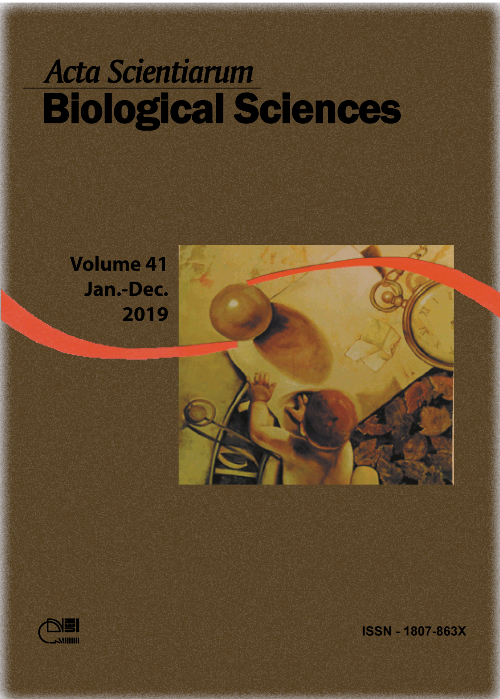Multivariate optimization of Staphylococcus xylosus AD1 biomass production using sugarcane molasses plus yeast extract and soybean meal
Resumo
Staphylococcus xylosus is a microorganism that has important physiological and technological characteristics that make it suitable for use as a starter culture in fermented meat products. For the development of these products in the food industry, it is necessary to produce biomass by the multiplication of starter cultures using low-cost media. This study developed a culture medium based on sugarcane molasses (SCM) supplemented with yeast extract (YE) and soybean meal (SM) to produce S. xylosus AD1 biomass employing a Box Behnken multivariate optimization design, using the best concentrations of the constituents of the culture medium for S. xylosus AD1 growth. By combining the mathematical models by the desirability function, it was possible to establish the optimal condition for the maximum production of viable cells and biomass. The optimal experimental condition was found when the fermentative process medium was composed of 10% SCM, 2% YE and 4% SM. In addition, the results of all experiments, except for the medium formulated with only SCM, presented a better performance than the commercial medium Brain Heart Infusion for the growth of S. xylosus AD1. The culture medium with agro-industrial byproduct (SCM) supplemented with YE and SM is an excellent alternative for producing S. xylosus AD1 biomass.
Downloads
DECLARAÇÃO DE ORIGINALIDADE E DIREITOS AUTORAIS
Declaro que o presente artigo é original, não tendo sido submetido à publicação em qualquer outro periódico nacional ou internacional, quer seja em parte ou em sua totalidade.
Os direitos autorais pertencem exclusivamente aos autores. Os direitos de licenciamento utilizados pelo periódico é a licença Creative Commons Attribution 4.0 (CC BY 4.0): são permitidos o compartilhamento (cópia e distribuição do material em qualqer meio ou formato) e adaptação (remix, transformação e criação de material a partir do conteúdo assim licenciado para quaisquer fins, inclusive comerciais.
Recomenda-se a leitura desse link para maiores informações sobre o tema: fornecimento de créditos e referências de forma correta, entre outros detalhes cruciais para uso adequado do material licenciado.












1.png)




3.png)













